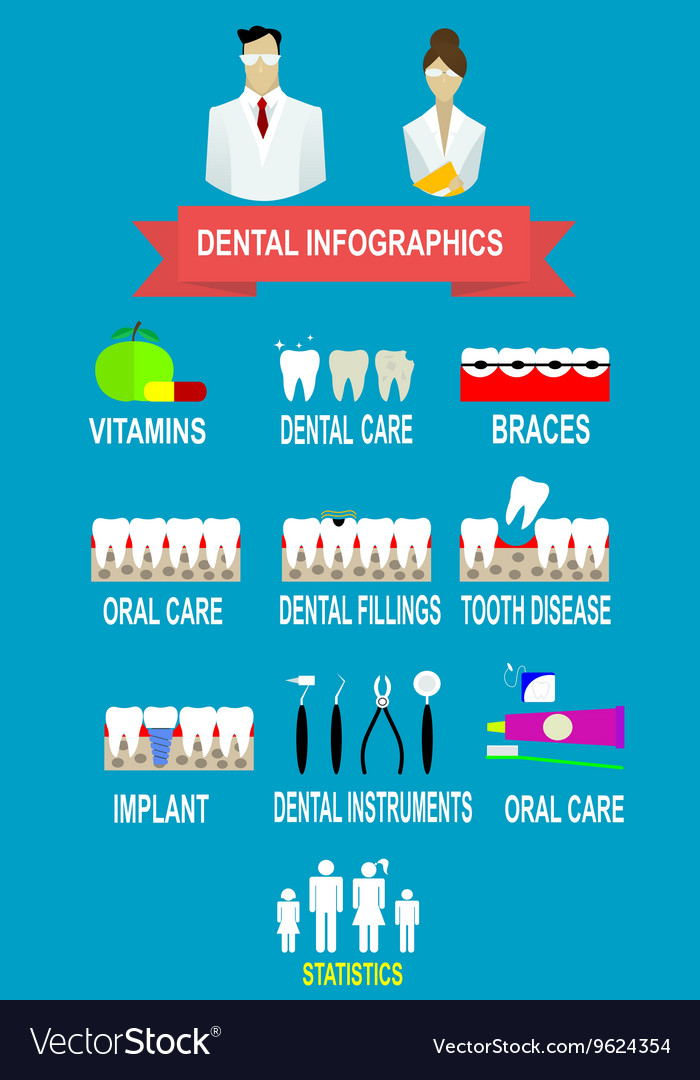The Innovation Of Oral Surgery: Introducing Advancements And Proceeds Specifying The Area
The Innovation Of Oral Surgery: Introducing Advancements And Proceeds Specifying The Area
Blog Article
Authored By-Borg Terrell
Invite to the globe of dental surgery, where technologies and developments are shaping the future of the area! In this exciting world, you'll witness the transformative power of robotics, the innovative wonder of 3D printing, and the game-changing influence of minimally intrusive methods.
comprehensive treatment for periodontal disease austin of oral surgery holds a promise of accuracy, efficiency, and boosted individual outcomes. With the help of innovative robotics, specialists have the ability to execute complicated procedures with greater accuracy and control.
3D printing innovation is transforming the creation of oral implants and prosthetics, supplying customized options that fit seamlessly into each person's distinct anatomy.
Additionally, minimally intrusive methods are minimizing post-operative pain and healing time, allowing clients to return to their lives quicker.
Prepare yourself to discover the amazing innovations and advancements that are improving the landscape of dental surgery!
Developments in Robotics
One major advancement in dental surgery is using robot technology, which enables precise and reliable procedures. With the help of robot systems, dental surgeons have the ability to carry out complicated surgeries with enhanced precision, lessening the threat of human error.
These robot systems are furnished with advanced imaging innovation and precise instruments that allow specialists to browse through intricate physiological structures effortlessly. By making use of robotic technology, specialists can achieve greater medical accuracy, resulting in enhanced individual outcomes and faster recuperation times.
On top of that, the use of robotics in oral surgery permits minimally intrusive procedures, decreasing the injury to surrounding tissues and advertising faster recovery.
3D Printing in Oral Surgery
To enhance the field of oral surgery, you can check out the subtopic of 3D printing in dental surgery. This ingenious technology has the possible to reinvent the means oral doctors operate and deal with people. lilac dental austin are four crucial ways in which 3D printing is forming the area:
- ** Custom-made Surgical Guides **: 3D printing allows for the development of very exact and patient-specific surgical guides, boosting the accuracy and performance of procedures.
- ** Implant Prosthetics **: With 3D printing, oral specialists can create customized dental implant prosthetics that perfectly fit a patient's special composition, resulting in far better results and person contentment.
- ** Bone Grafting **: 3D printing allows the production of patient-specific bone grafts, decreasing the demand for conventional grafting methods and enhancing recovery and healing time.
- ** Education and Educating **: 3D printing can be made use of to develop sensible surgical designs for academic purposes, permitting dental cosmetic surgeons to practice complex treatments prior to doing them on people.
With its possible to boost accuracy, customization, and training, 3D printing is an amazing growth in the field of oral surgery.
Minimally Intrusive Methods
To additionally progress the field of oral surgery, welcome the potential of minimally invasive strategies that can substantially profit both doctors and people alike.
Minimally invasive techniques are reinventing the field by minimizing surgical injury, lessening post-operative discomfort, and accelerating the healing process. These techniques entail utilizing smaller cuts and specialized instruments to perform procedures with precision and efficiency.
By making https://juliushcxrm.blog-mall.com/33598315/oral-implants-for-senior-citizens-what-you-required-to-know of advanced imaging technology, such as cone beam of light calculated tomography (CBCT), surgeons can accurately intend and carry out surgical procedures with very little invasiveness.
Additionally, making use of lasers in oral surgery allows for exact cells cutting and coagulation, leading to reduced blood loss and minimized recovery time.
With minimally invasive methods, people can experience faster recovery, reduced scarring, and enhanced outcomes, making it an essential aspect of the future of dental surgery.
Conclusion
So, as you can see, the future of oral surgery is extremely promising, with amazing innovations and developments forming the field.
From the developments in robotics to the use of 3D printing and minimally intrusive techniques, oral cosmetic surgeons are revolutionizing the method they offer care.
While some might bother with the potential price related to these improvements, it is necessary to keep in mind that these innovations eventually improve patient end results and minimize recuperation time, making them well worth the investment in the future.
